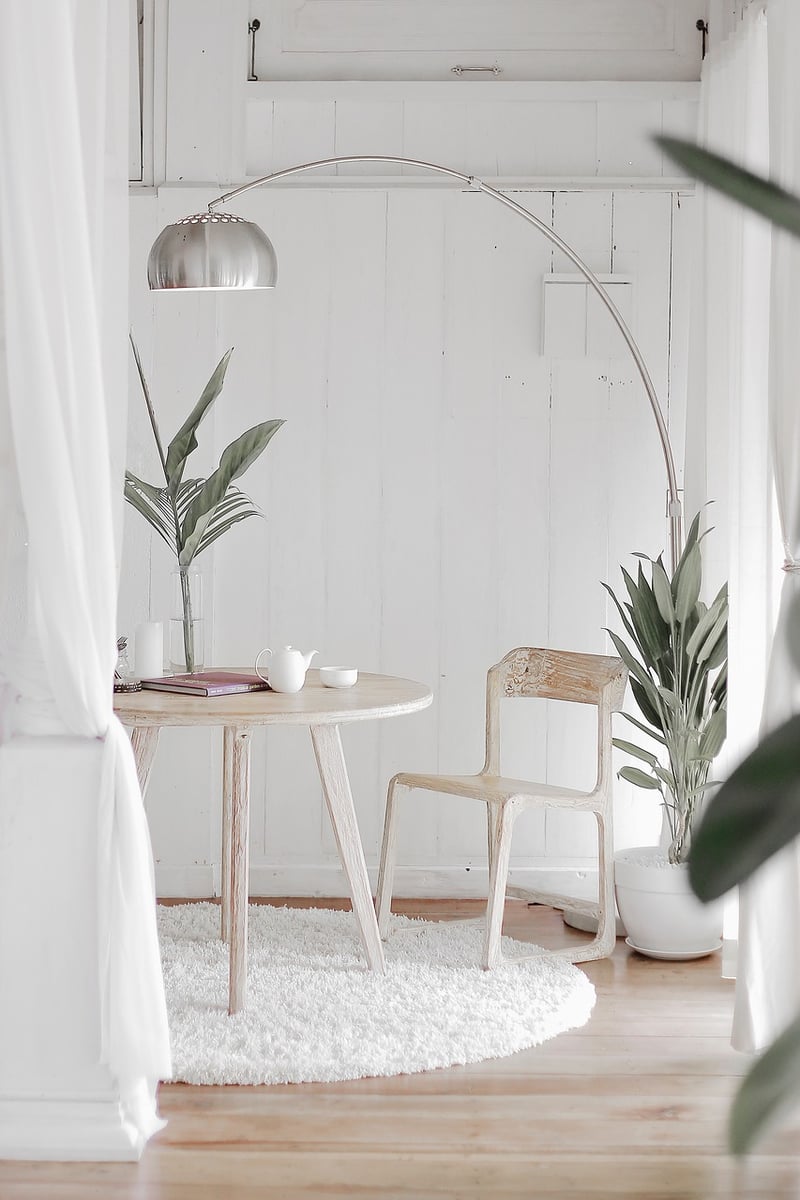Green Living Projects
Creating with Sustainability in Mind: Green Living Projects
In today's world, sustainability has become a crucial consideration in every aspect of our lives, including the way we design and build our living spaces. Incorporating eco-friendly practices and materials into our homes not only helps reduce our carbon footprint but also promotes a healthier environment for future generations. If you're looking to embark on green living projects that prioritize sustainability, here are some ideas to inspire you:
1. Energy-Efficient Lighting
Switching to energy-efficient lighting solutions such as LED bulbs can significantly reduce electricity consumption and lower your energy bills. These bulbs last longer and produce less heat, making them a sustainable choice for your home.
2. Rainwater Harvesting System
Installing a rainwater harvesting system can help you collect and store rainwater for various household uses such as watering plants, washing cars, and flushing toilets. This not only conserves water but also reduces your reliance on municipal sources.
3. Solar Panels
Investing in solar panels is a long-term sustainable solution to generate clean energy for your home. By harnessing the power of the sun, you can reduce your carbon emissions and contribute to a greener planet.
4. Upcycling and Repurposing
Get creative with upcycling and repurposing old items to give them a new life. From turning mason jars into plant pots to transforming wooden pallets into furniture, there are endless possibilities to reduce waste and create unique decor pieces for your home.
5. Vertical Gardens
Vertical gardens are a space-saving and sustainable way to incorporate greenery into your home. By growing plants vertically on walls or structures, you can improve air quality, reduce indoor temperatures, and create a visually appealing living environment.
6. Eco-Friendly Insulation
Opt for eco-friendly insulation materials such as recycled denim, wool, or cellulose to improve energy efficiency in your home. These sustainable options not only help regulate indoor temperatures but also reduce the environmental impact of traditional insulation materials.
7. Composting
Start a composting system in your backyard to turn food scraps and yard waste into nutrient-rich soil for your garden. Composting not only diverts organic waste from landfills but also enriches the soil, promotes plant growth, and reduces the need for chemical fertilizers.
Embracing green living projects and incorporating sustainable practices into your home can make a positive impact on the environment while creating a healthier and more eco-friendly living space for you and your family.
Remember, every small step towards sustainability counts in building a greener future for all!

For more inspiration and ideas on sustainable living, check out Green Building Advisor.
